Order Anura Genus Litoria Higher classification Australasian treefrogs | Phylum Chordata Family Hylidae Scientific name Litoria lorica Rank Species | |
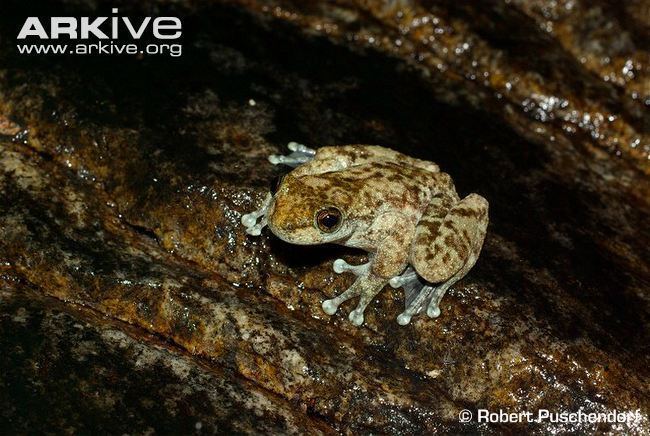 | ||
Similar Frog, Mountain mist frog, Common mist frog, Australasian treefrogs, Amphibians | ||
The armoured frog (or armoured mist frog, Litoria lorica) is a species of tree frog in the torrent frog complex (Litoria nannotis), a group restricted to north-eastern Queensland, Australia.
Contents
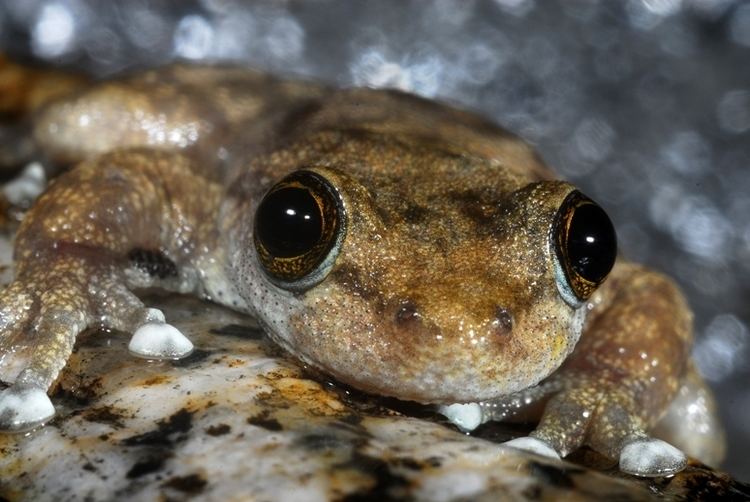
Description

L. lorica is a small tree frog, growing up to 37 mm (1.5 in) in length. It is grey or grey-brown on the dorsal surface and white on the ventral surface. The skin is tubercular on the dorsal surface, prominently on the eyelids and around the tympanum. Fingers are half webbed and toes are fully webbed, both having well-developed discs. The tympanum is small and indistinct, and a vocal sac is not present. Males have black, spiny nuptial pads on their thumbs and "accessory spines" on their chests. These spines are used in amplexus by the males to attain a better grip on the females.
Distribution
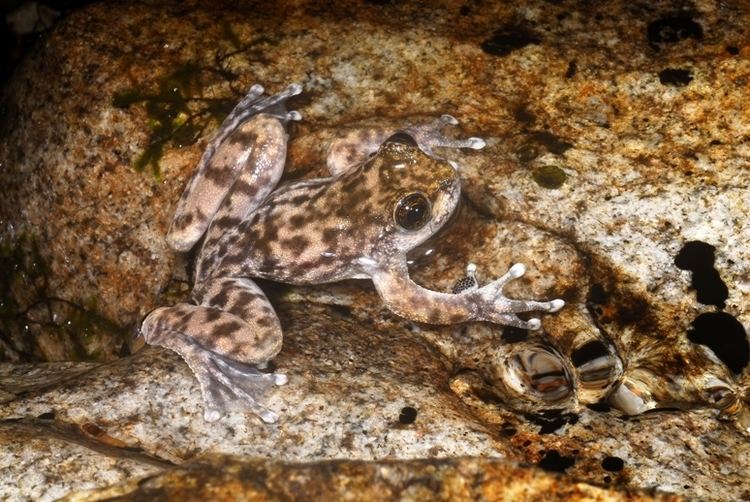
This species was first discovered in 1976 and is known from four localities: Alexandra Creek, Hilda Creek (Cape Tribulation NP), Roaring Meg Cascades, and Mossman Bluff Creek (Daintree NP), north-eastern Queensland—between 640 and 1,000 m (2,100 and 3,280 ft) in altitude—and the historical extent of the species only was 120 km2 (46 sq mi). Despite once being relatively common, the armoured frog has fallen into rapid decline, and was not seen from 1991 until 2008, when a small population was rediscovered and confirmed to be of this species.
Behaviour and ecology
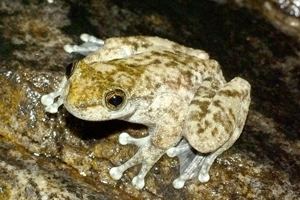
This species is associated with fast-flowing creeks and streams in rainforests in northern Queensland. The call for this species is unknown, but is likely to be similar to that of the closely related waterfall frog, (Litoria nannotis). Tadpoles of this species are undescribed, although they would theoretically look similar to those of L. nannotis–with a large oral disc and a streamlined body, an adaptation to fast-flowing streams.
Conservation status
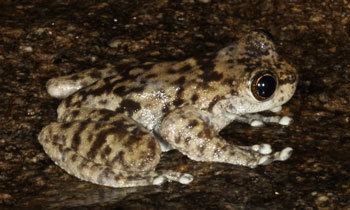
This species, along with Taudactylus rheophilus, Taudactylus acutirostris, and some closely related species (including Litoria nannotis, Litoria nyakalensis, and Litoria rheocola) have also declined in flowing creeks in highland rainforests in the same general area inhabited by L. lorica around the early 1990s. The reason for decline of these species is not known, but the disease caused by chytrid fungus may be a factor. The relocated population was found to be infected with the fungus, but seems to have acquired some degree of resistance.
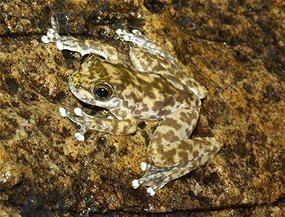
It is listed as Critically Endangered on the IUCN Red List, and as Endangered under Queensland's Nature Conservation Act 1992.
